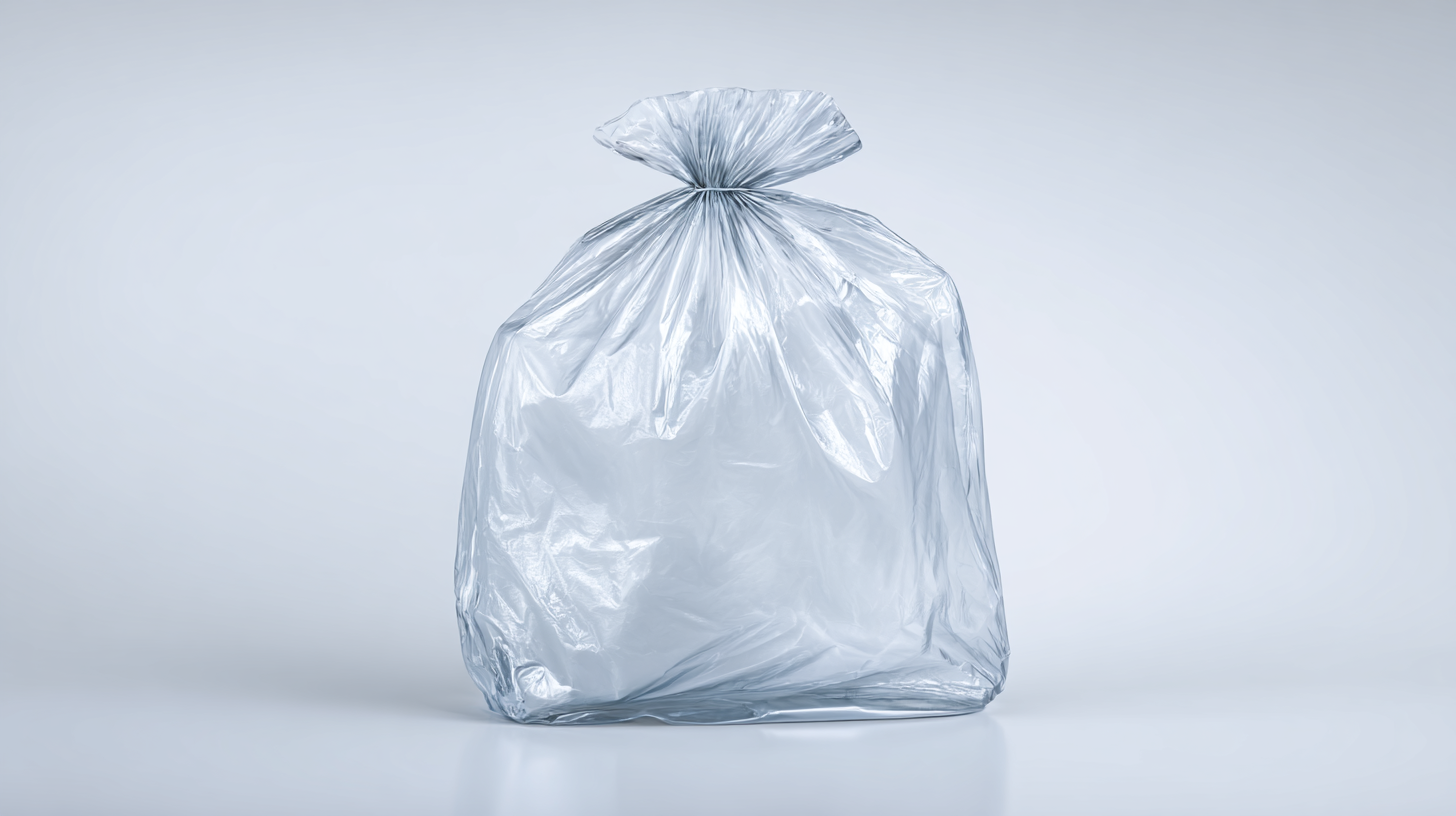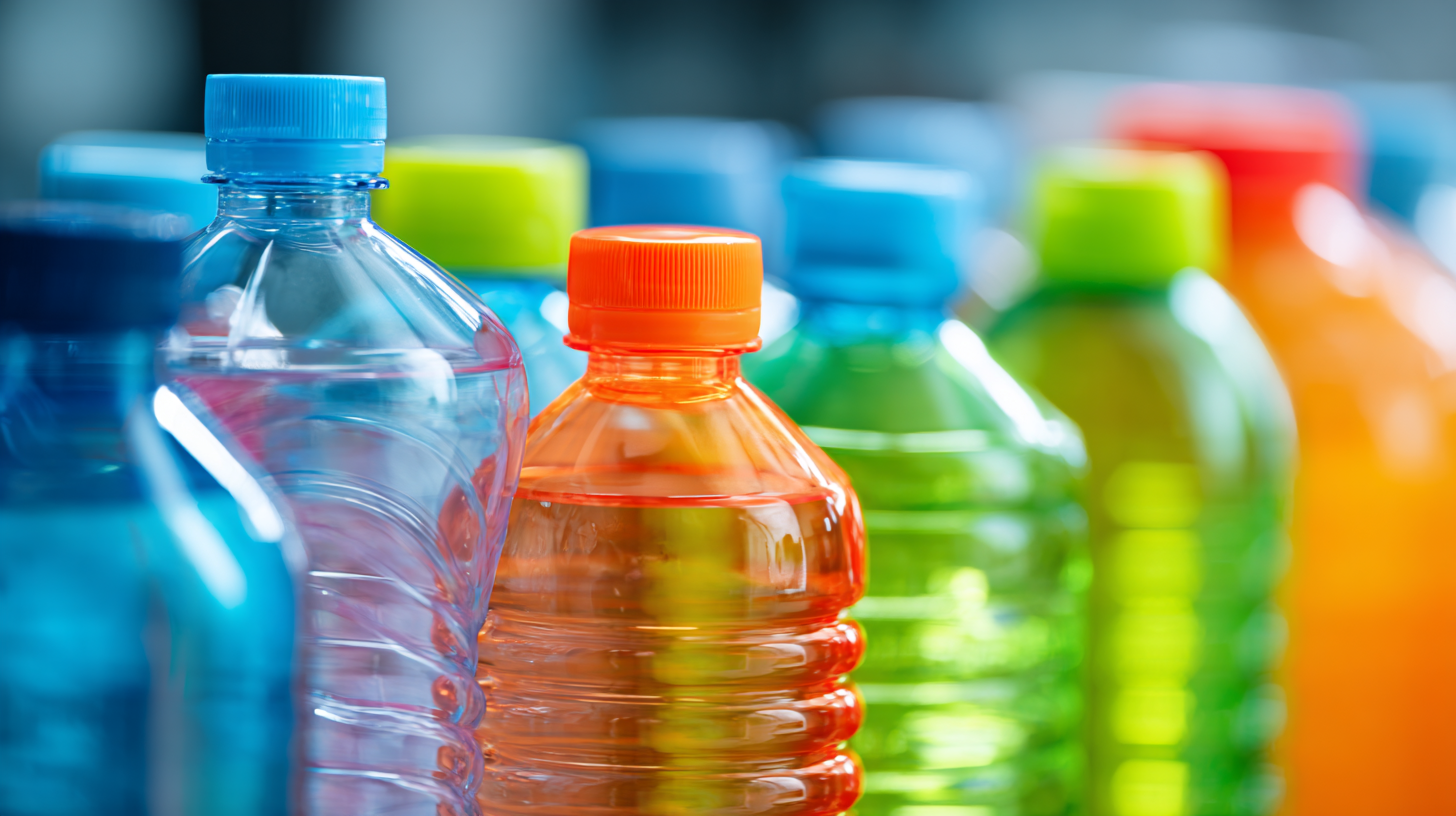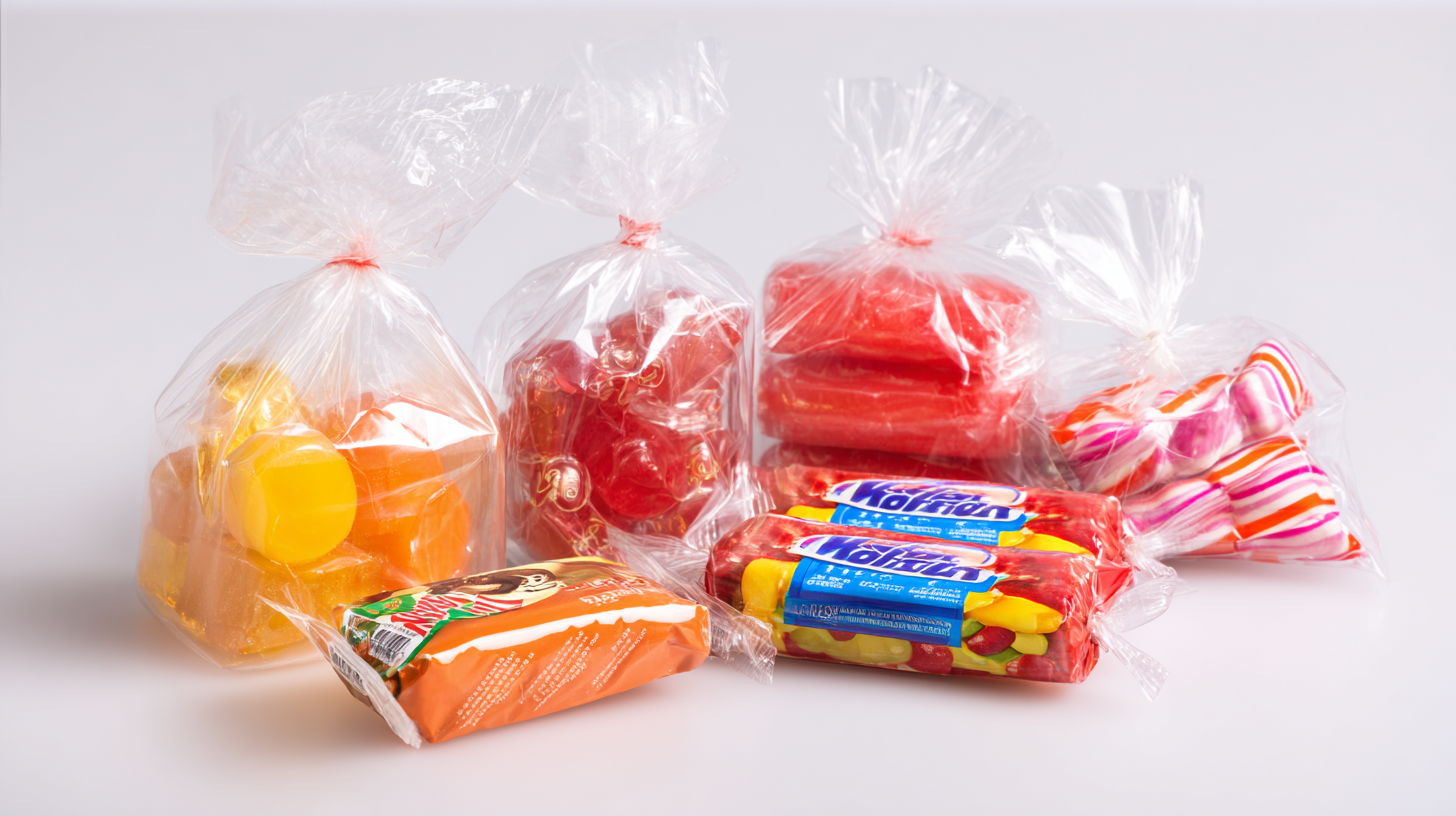- Phone:+86 15218629499
- Phone: +86 15766990063
- E-mail: Yzprinting01@163.com
In today’s fast-paced global supply chains, the selection of the right packaging materials can significantly influence product integrity, cost-efficiency, and overall sustainability. Among the various options available, Plastic Wrapper Packaging has emerged as a popular choice due to its versatility and accessibility. However, choosing the best type of Plastic Wrapper Packaging is not a straightforward task; it involves navigating a myriad of challenges ranging from environmental concerns to compliance with international regulations. This ultimate guide aims to delve into the complexities surrounding Plastic Wrapper Packaging, offering insights on factors such as material properties, supply chain logistics, and environmental impact. As companies strive to optimize their operations while prioritizing eco-friendliness, understanding these challenges and solutions is more critical than ever for achieving successful packaging outcomes in the global market.

When it comes to selecting the best plastic wrapper packaging for global supply chains, several key criteria must be prioritized to ensure product integrity and sustainability. According to a report by Smithers Pira, the global flexible packaging market is expected to reach $300 billion by 2026, highlighting the increasing demand for high-quality packaging solutions. Key factors to consider include barrier properties, which protect products from moisture, oxygen, and light exposure. Packaging that offers superior barrier performance can significantly extend shelf life, thereby reducing food waste—a critical concern in an era where the FAO estimates that roughly one-third of the food produced globally is wasted.
Durability and compatibility with various manufacturing processes also play a crucial role in the selection of plastic wrapper packaging. The AIPIA emphasizes that packaging must withstand the rigors of transportation and storage without compromising its structural integrity.
Furthermore, sustainability is becoming a fundamental criterion. The Ellen MacArthur Foundation reports that only 14% of plastic packaging is collected for recycling, signaling the urgent need for materials that are not only recyclable but also made from biodegradable materials to align with circular economy principles.
Designing plastic wrappers that fulfill these criteria not only enhances supply chain efficiency but also addresses the environmental challenges plaguing the packaging industry today.
When selecting a packaging partner for global supply chains, assessing supplier capabilities is paramount. The ideal packaging partner should demonstrate not only technical expertise but also a deep understanding of the unique demands of international logistics. One key criterion to evaluate is the supplier's experience with various types of plastic wrapper packaging, including biodegradable options and materials that withstand diverse environmental conditions. This ensures that the chosen packaging can protect products throughout their journey, from production to end consumer.
In addition to technical skills, it's essential to consider a supplier's flexibility and responsiveness. The dynamic nature of global supply chains may require rapid adjustments to orders, designs, or materials. A capable supplier should be able to provide innovative packaging solutions while maintaining consistent communication and timely delivery. Furthermore, a strong commitment to sustainability can set a packaging partner apart, as more companies strive to meet environmental goals. By prioritizing these capabilities, businesses can build strong partnerships that enhance their supply chain efficiency and meet customer expectations effectively.
| Supplier Capability | Assessment Criteria | Rating (1-5) | Notes |
|---|---|---|---|
| Material Quality | Durability, Regulatory Compliance | 4 | Good range of material options available. |
| Production Capacity | Volume Flexibility, Lead Times | 3 | Can handle large orders but struggles with quick turnarounds. |
| Innovation | Sustainability Practices, Product Development | 5 | Investing heavily in eco-friendly materials. |
| Cost Effectiveness | Pricing, Flexibility in Offering | 2 | Prices are on the higher end compared to competitors. |
| Customer Service | Responsiveness, Support | 5 | Highly responsive and supportive to client needs. |
| Global Reach | Distribution Networks, Logistics | 4 | Strong logistics network but some regions may face delays. |
When it comes to selecting the best plastic wrapper suppliers for global supply chains, a comprehensive checklist is essential. This checklist should evaluate key criteria, including material quality, sustainability practices, and compliance with international regulations. According to a report by MarketsandMarkets, the global plastic packaging market is expected to reach $1 trillion by 2024, underscoring the importance of choosing suppliers who adhere to evolving industry standards and consumer expectations.

One of the critical factors in the evaluation process is the environmental impact of the plastic wrappers. A study from the Plastics Industry Association reveals that 90% of consumers consider sustainability when making purchasing decisions. Therefore, suppliers that incorporate recycled materials and commit to reducing plastic waste should be prioritized. Additionally, suppliers must demonstrate compliance with regulations such as the Food and Drug Administration (FDA) standards for food-safe packaging, ensuring that their materials do not compromise product safety.
Furthermore, it is crucial to assess the reliability of potential suppliers in meeting delivery timelines and their ability to scale production according to market demands. According to supply chain analytics from Gartner, companies that proactively manage their supplier relationships are 2.5 times more likely to outperform their competitors in terms of operational efficiency. By developing a detailed checklist, businesses can navigate the complex landscape of plastic wrapper packaging and make informed decisions that enhance their global supply chains.
In today’s global supply chains, the choice of plastic wrapper packaging poses significant sustainability challenges. As awareness of environmental issues grows, companies are facing increasing pressure to select materials that minimize ecological impact while meeting business needs. Traditional plastic packaging, often criticized for its contribution to pollution and waste, is under scrutiny as consumers demand more eco-friendly options.
Navigating sustainability concerns requires a multifaceted approach. Companies must evaluate alternatives to conventional plastic, such as biodegradable films and recyclable materials. Additionally, investing in innovative technologies can help improve the lifecycle of packaging, reducing waste generation. Collaborating with suppliers committed to sustainable practices is crucial, as it ensures a more environmentally responsible supply chain. By prioritizing sustainability in their packaging choices, businesses not only enhance their brand reputation but also contribute positively to the planet’s health.
When choosing plastic wrapper packaging for global supply chains, the complexities involved can be daunting. A well-structured risk management plan is essential for addressing potential challenges that may arise throughout the supply chain process. This plan should begin with a comprehensive assessment of the various types of plastic materials available, evaluating their sustainability, cost-effectiveness, and suitability for specific products. By identifying potential risks associated with each option, businesses can make informed decisions that minimize operational disruptions.

Furthermore, the risk management plan must account for external factors such as regulatory changes, market fluctuations, and environmental impacts. Establishing strong relationships with suppliers and logistics partners is crucial, as it allows for greater transparency and collaboration when navigating these challenges. Regular training and updates for the team involved in packaging decisions can bolster risk awareness and response strategies. By proactively managing risks, companies can ensure that their plastic wrapper packaging not only meets global supply chain demands but also aligns with corporate sustainability goals.
